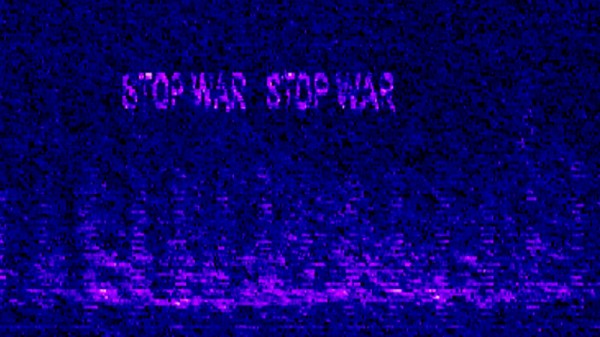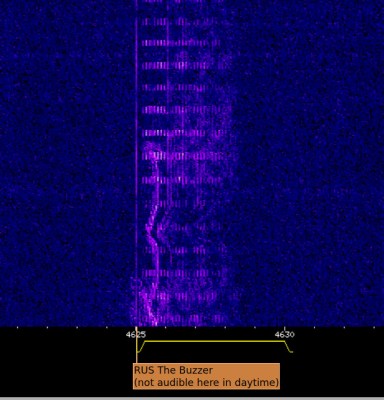The geopolitics surrounding the invasion of Ukraine are outside the scope of this column, but the cybersecurity ramifications are certainly fitting fodder. The challenge here is that almost everything of note that has happened in the last week has been initially linked to the conflict, but in several cases, the reported link hasn’t withstood scrutiny. We do know that the Vice Prime Minister of Ukraine put out a call on Twitter for “cyber specialists” to go after a list of Russian businesses and state agencies. Many of the sites on the list did go down for some time, the digital equivalent of tearing down a poster. In response, the largest Russian ISP stopped announcing BGP routes to some of the targeted sites, effectively ending any attacks against them from the outside.
A smattering of similar events have unfolded over the last week, like electric car charging stations in Russia refusing to charge, and displaying a political message, “GLORY TO UKRAINE”. Not all the attacks have been so trivial. Researchers at Eset have identified HermeticWiper, a bit of malware with no other purpose but to destroy data. It has been found on hundreds of high-value targets, likely causing much damage. It is likely the same malware that Microsoft has dubbed FoxBlade, and published details about their response. Continue reading “This Week In Security: Ukraine, Nvidia, And Conti”















